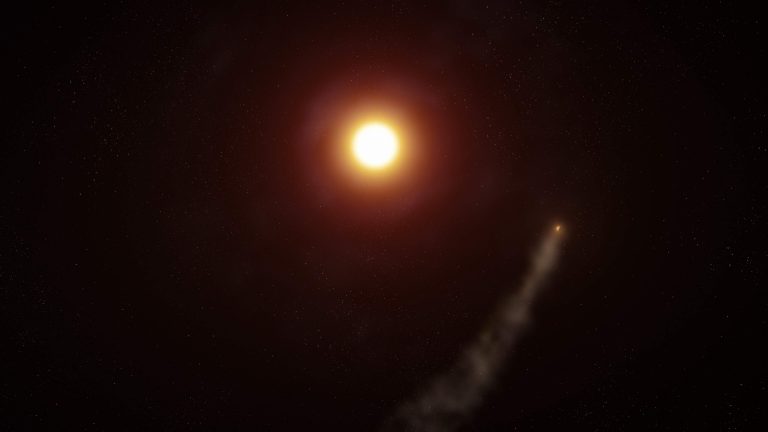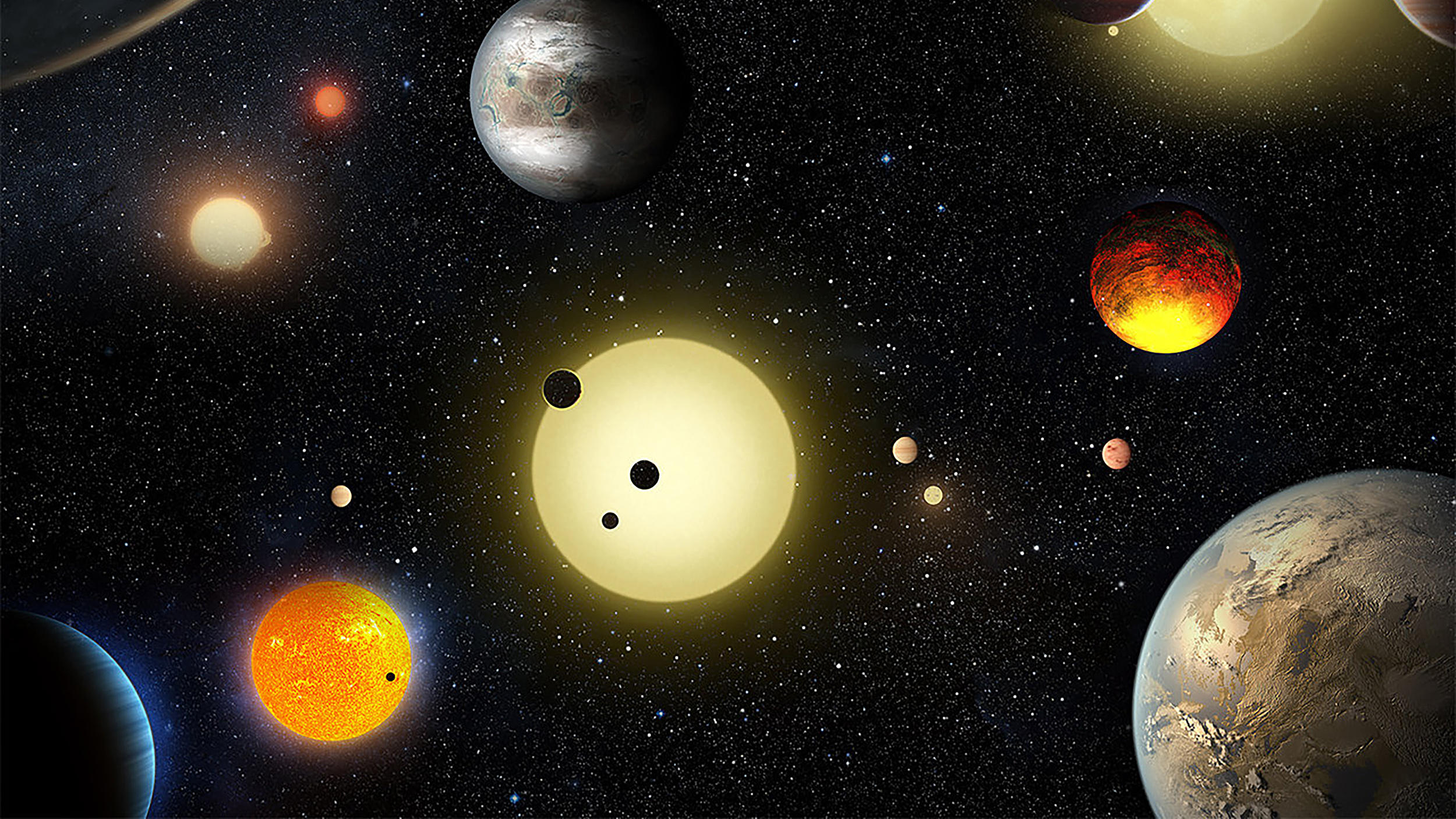Found In Our Neighborhood: A Planet Without A Sun

What’s the Latest Development?
A paper soon to appear in Astronomy and Astrophysics reports the discovery of a “rogue planet” about 100 light-years from Earth. This planet, which is drifting in space without a sun to orbit around, is the nearest of its kind to be observed from Earth and the only one found in a hunt using Hawaii’s Canada France Hawaii Telescope and Chile’s Very Large Telescope. It’s not traveling alone, though: The team of researchers is about 87% certain that it’s part of the AB Doradus Moving Group, a collection of about 30 drifting stars estimated to have formed at the same time as the planet, between 50 and 120 million years ago.
What’s the Big Idea?
Astronomers believe rogue planets develop in one of two ways: either as planets that somehow got kicked out of a star’s orbit, or as potential stars that never attained enough mass to start the process that creates starlight, a characteristic normally attributed to brown dwarfs (“failed stars”). This planet’s mass is estimated to be four to seven times that of Jupiter’s, which would make it much smaller than a brown dwarf. If it is indeed a rejected planet, it’s likely that there are many more out there just like it, according to a co-author of the paper.
Photo Credit: Shutterstock.com





